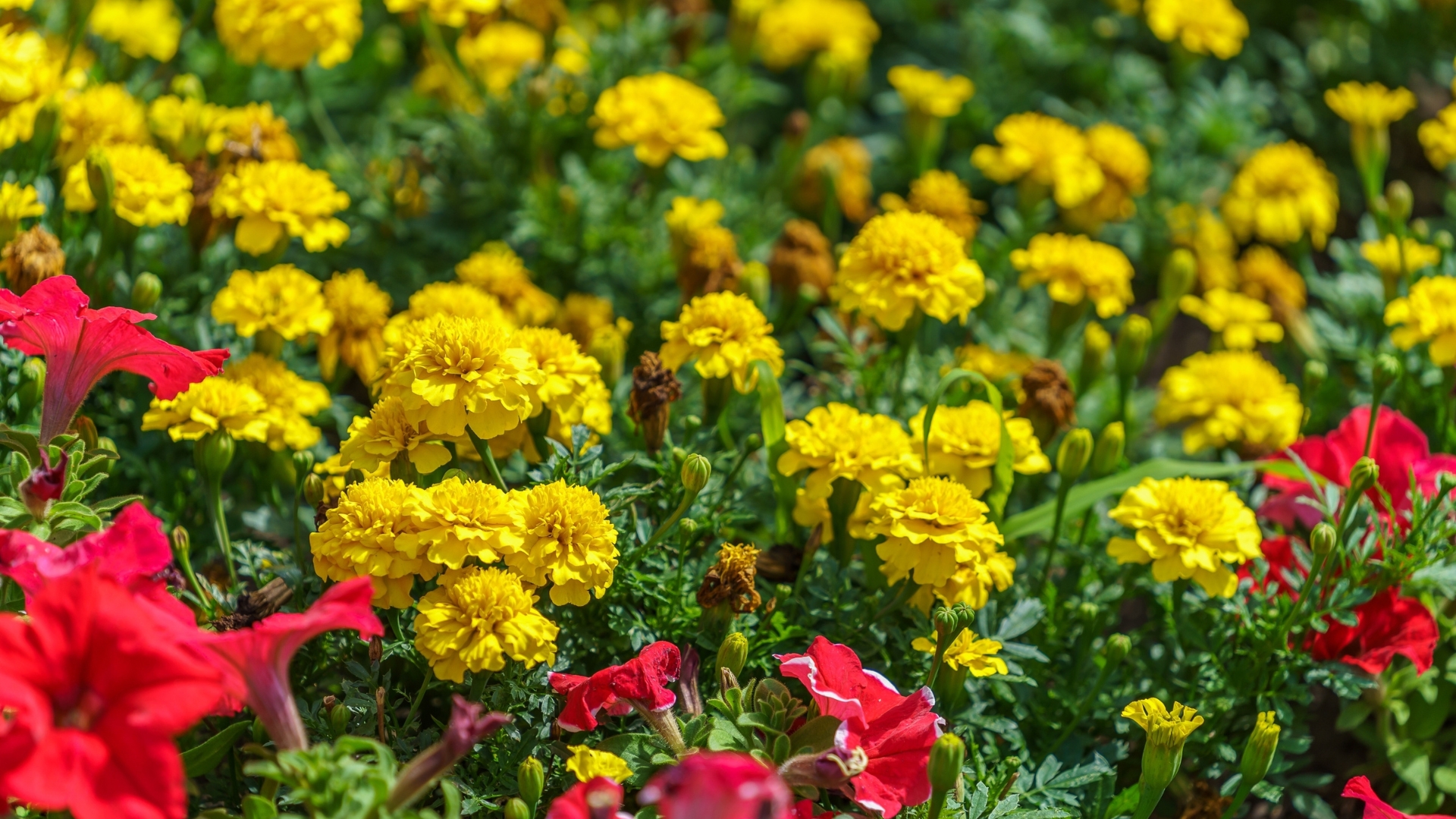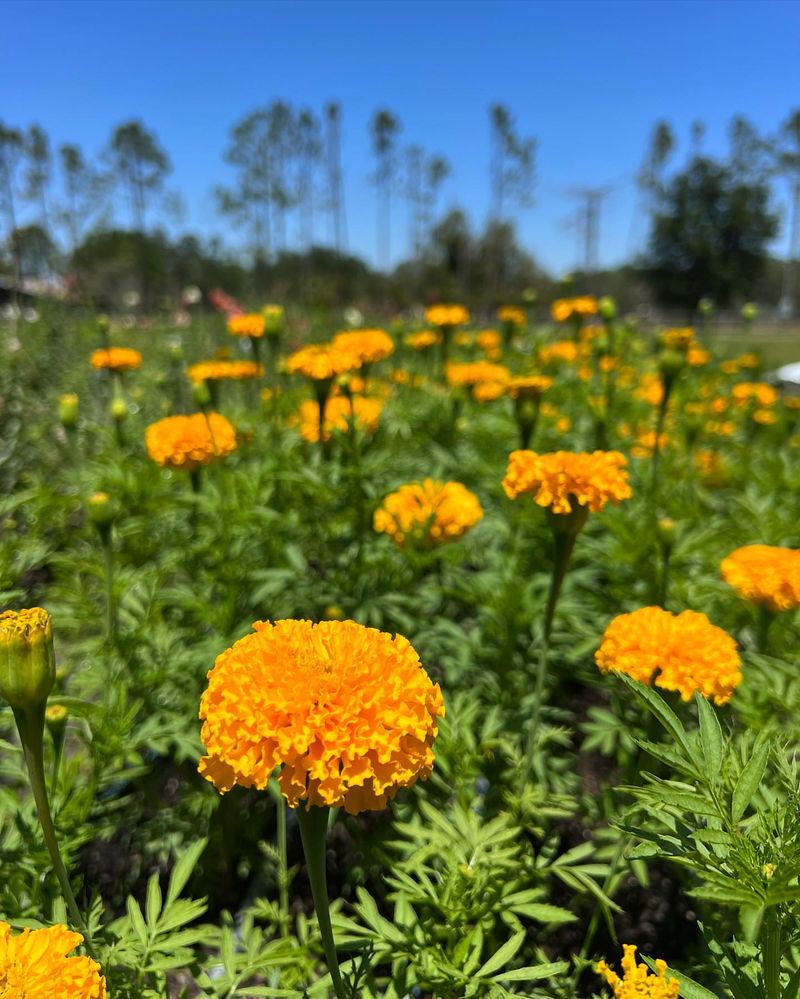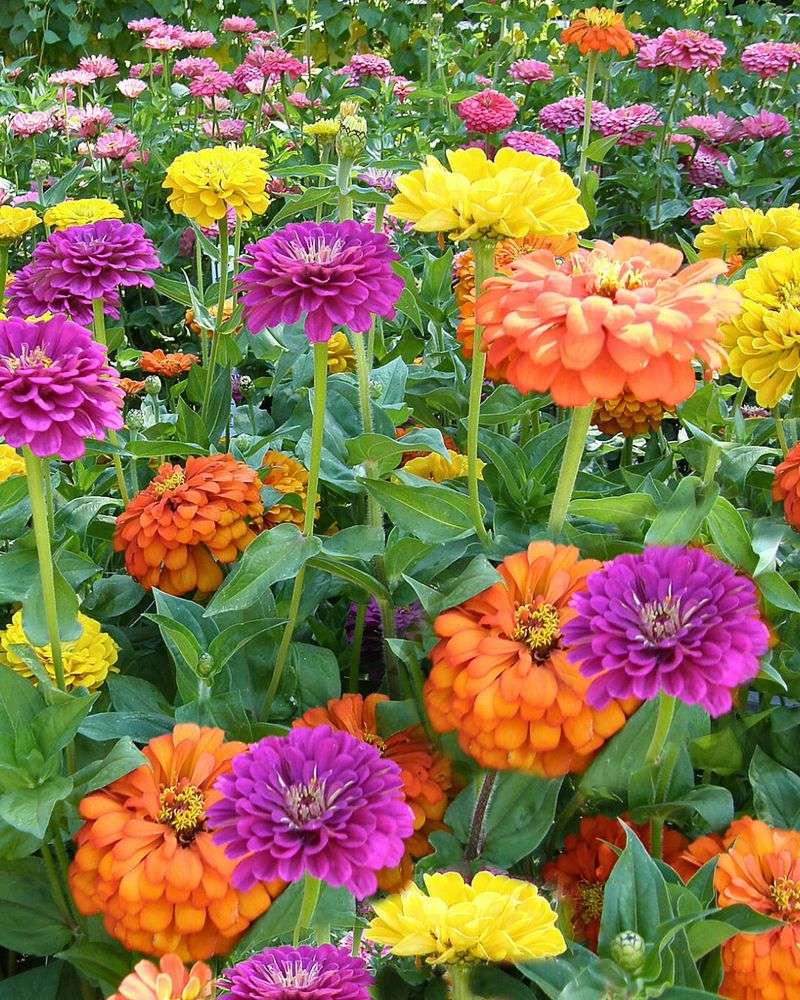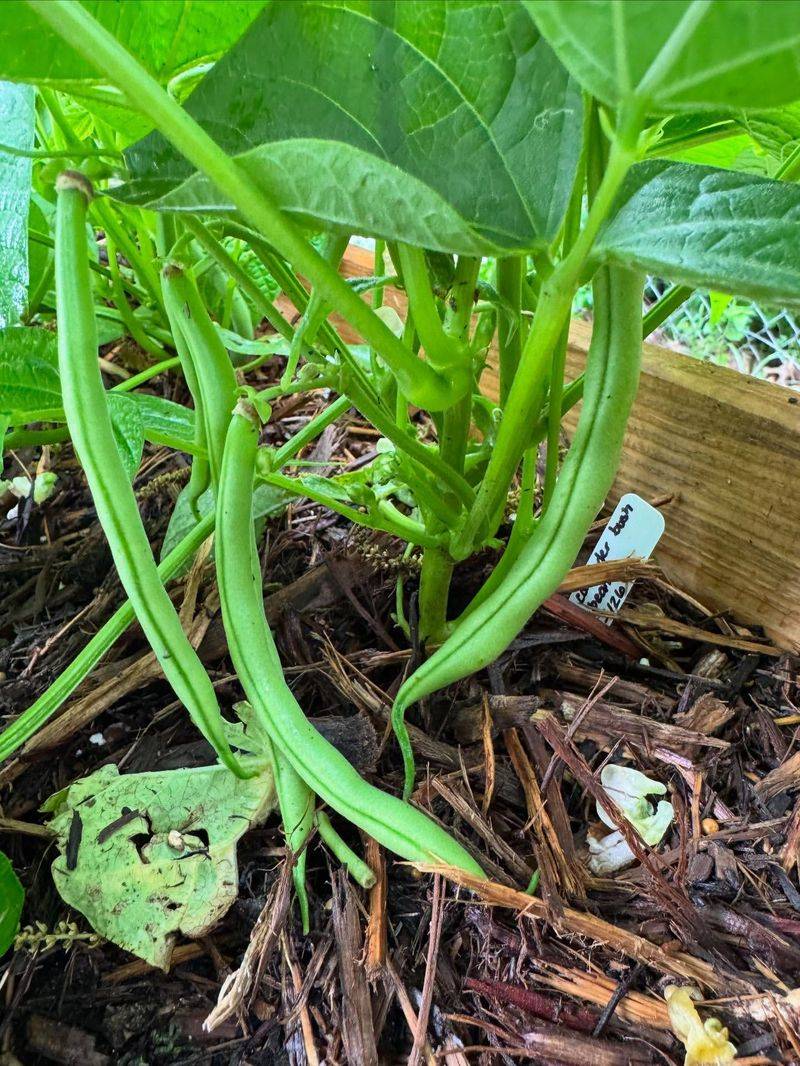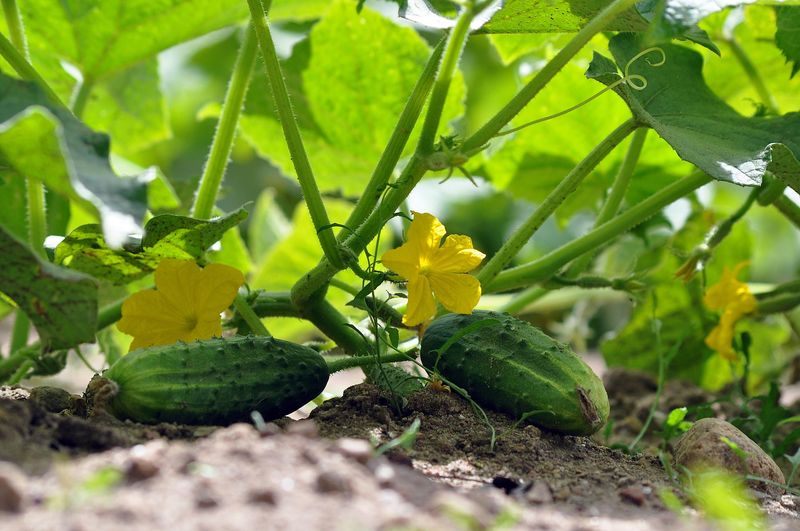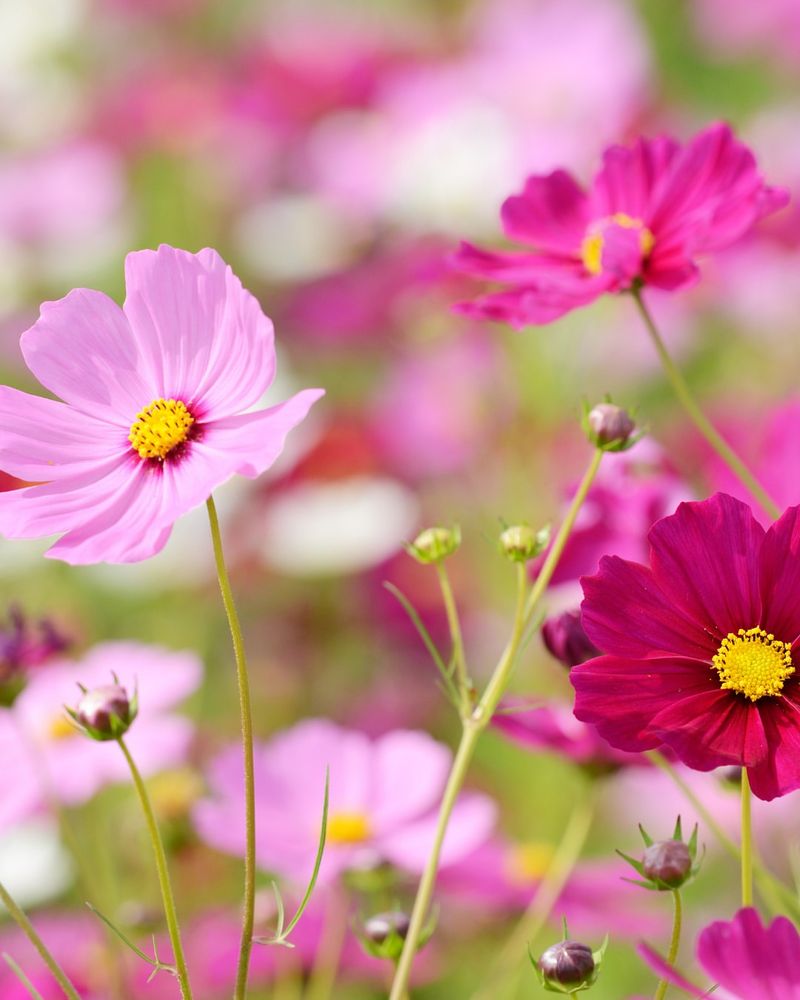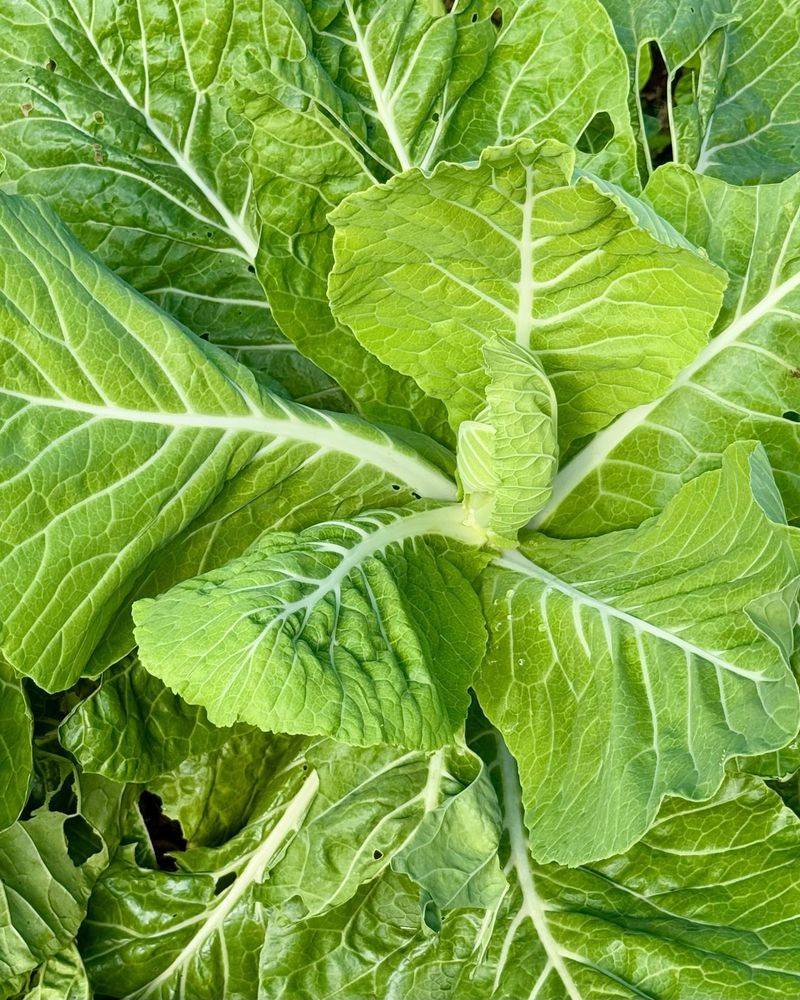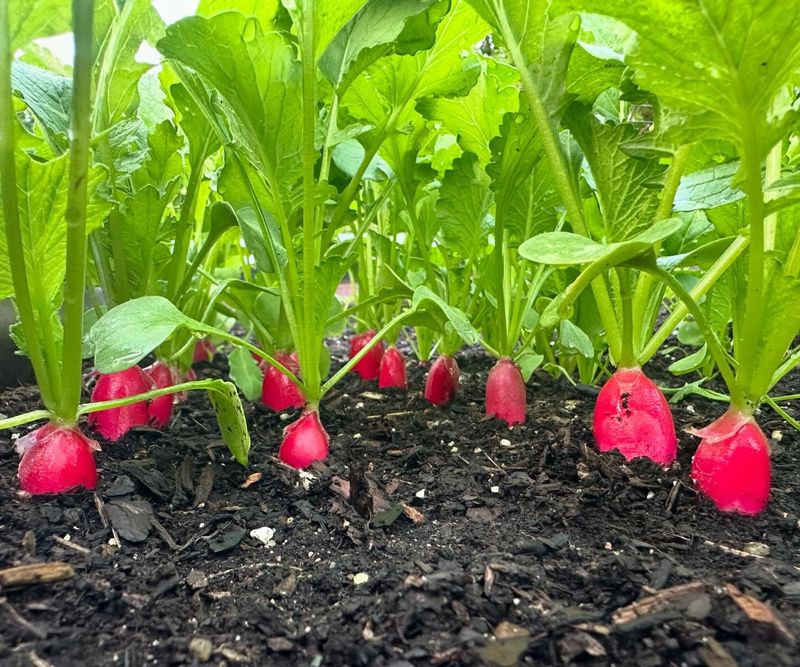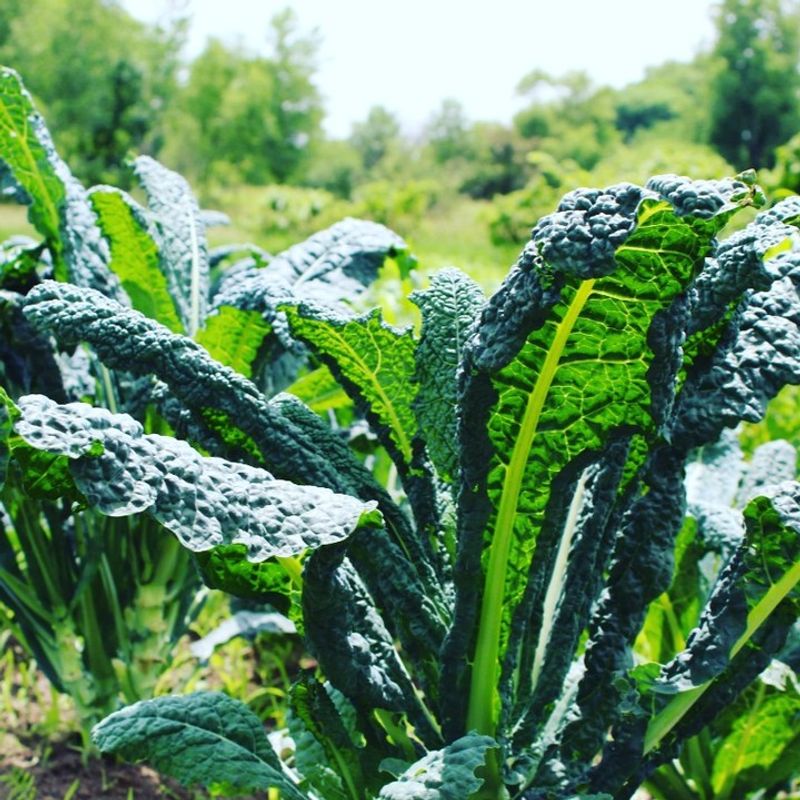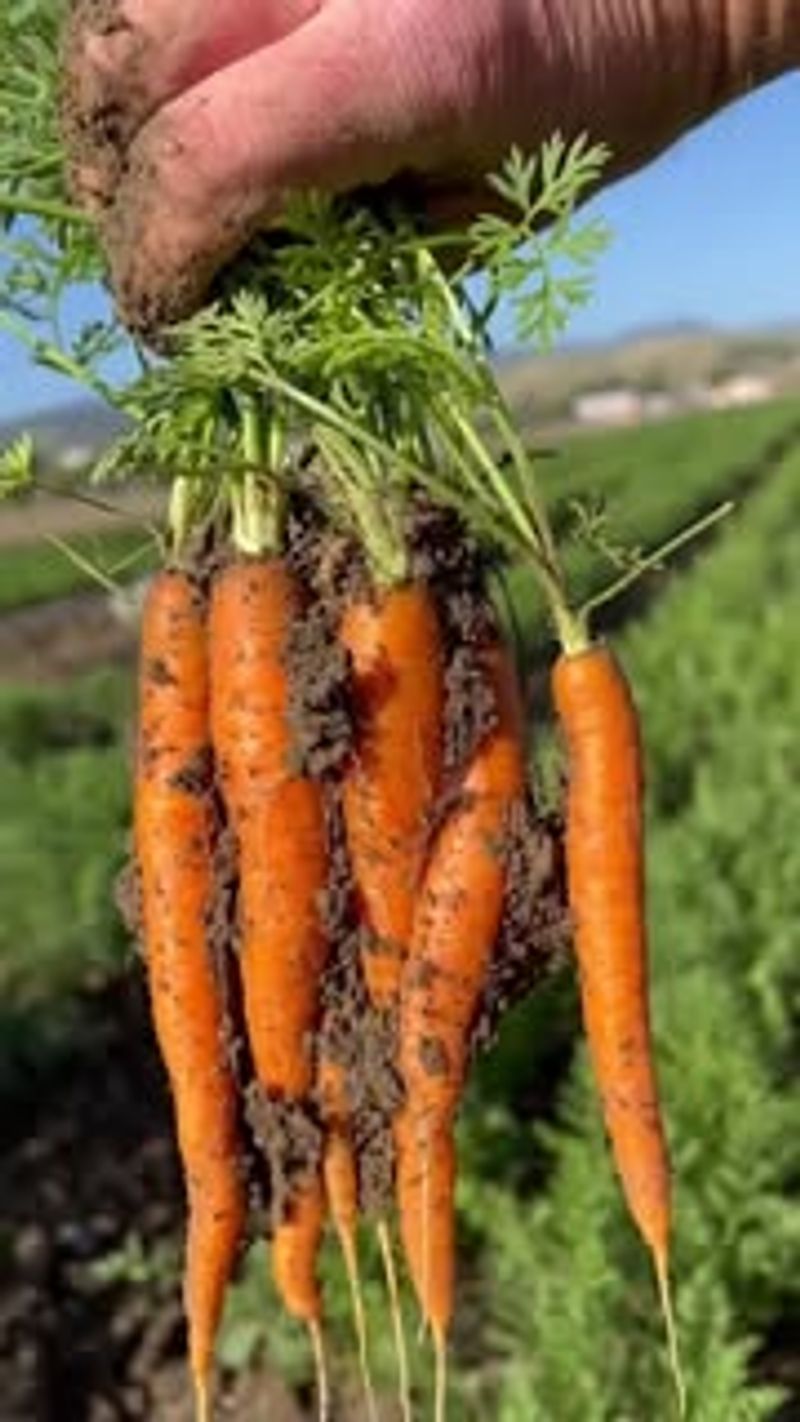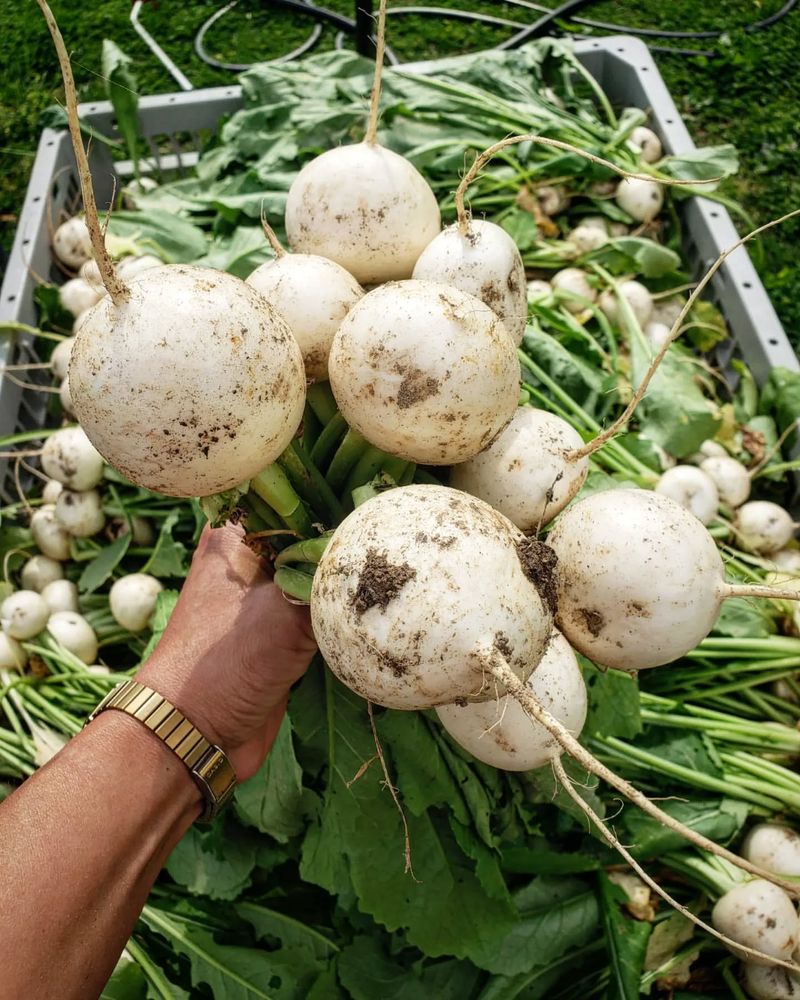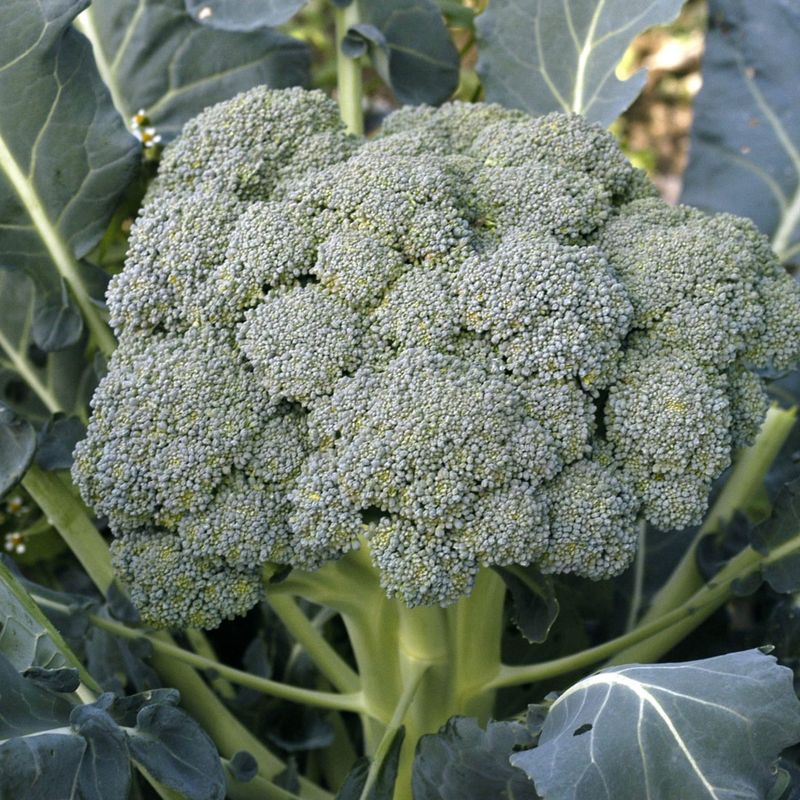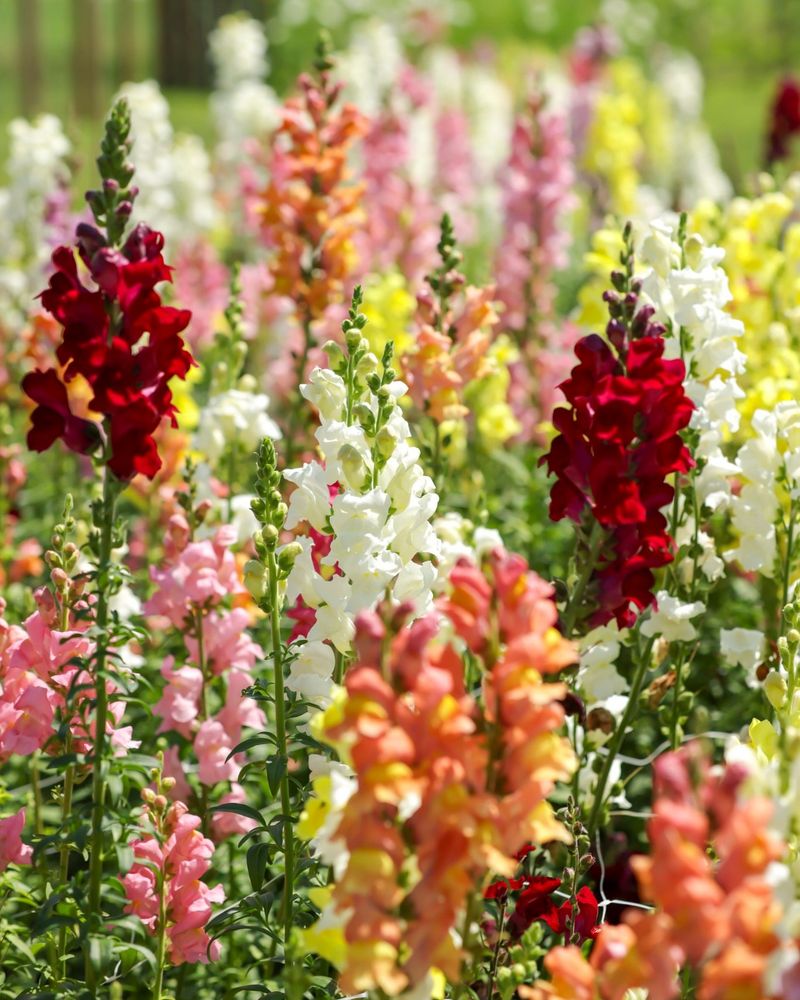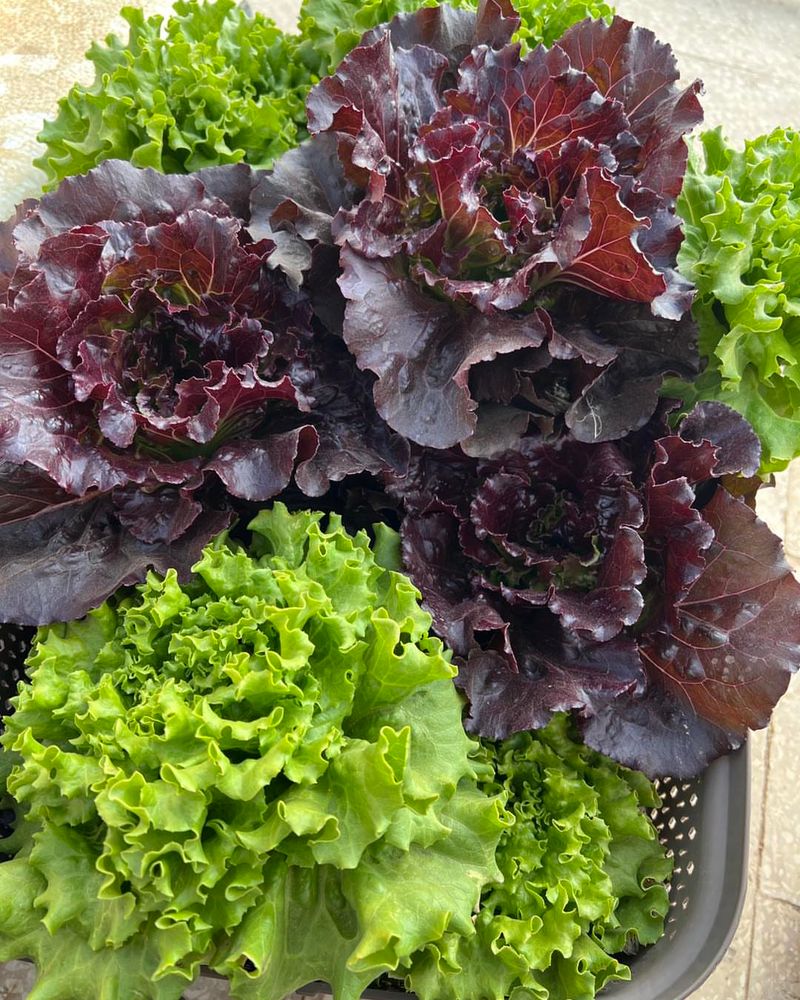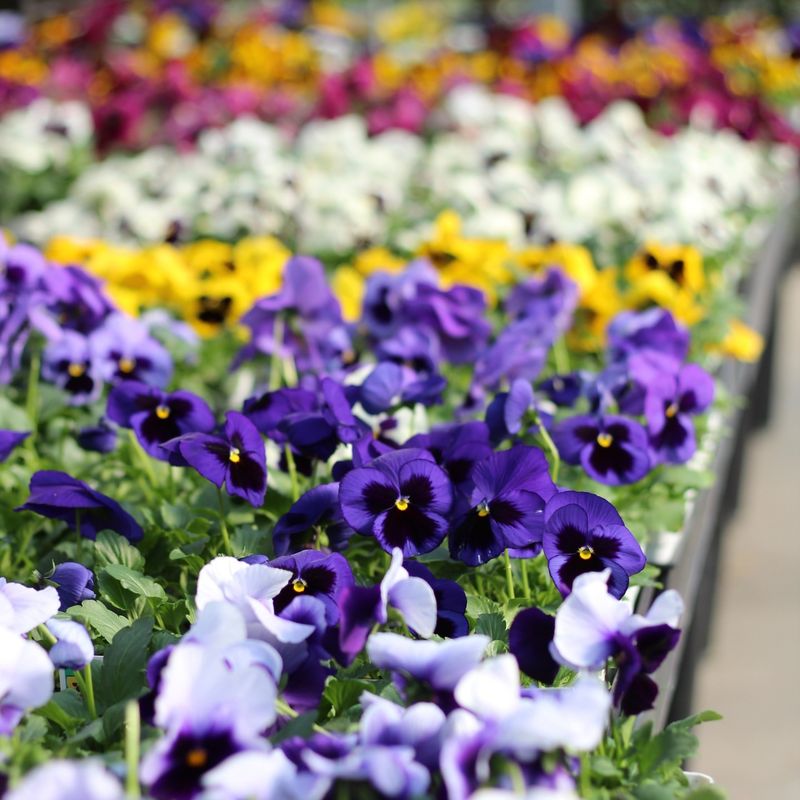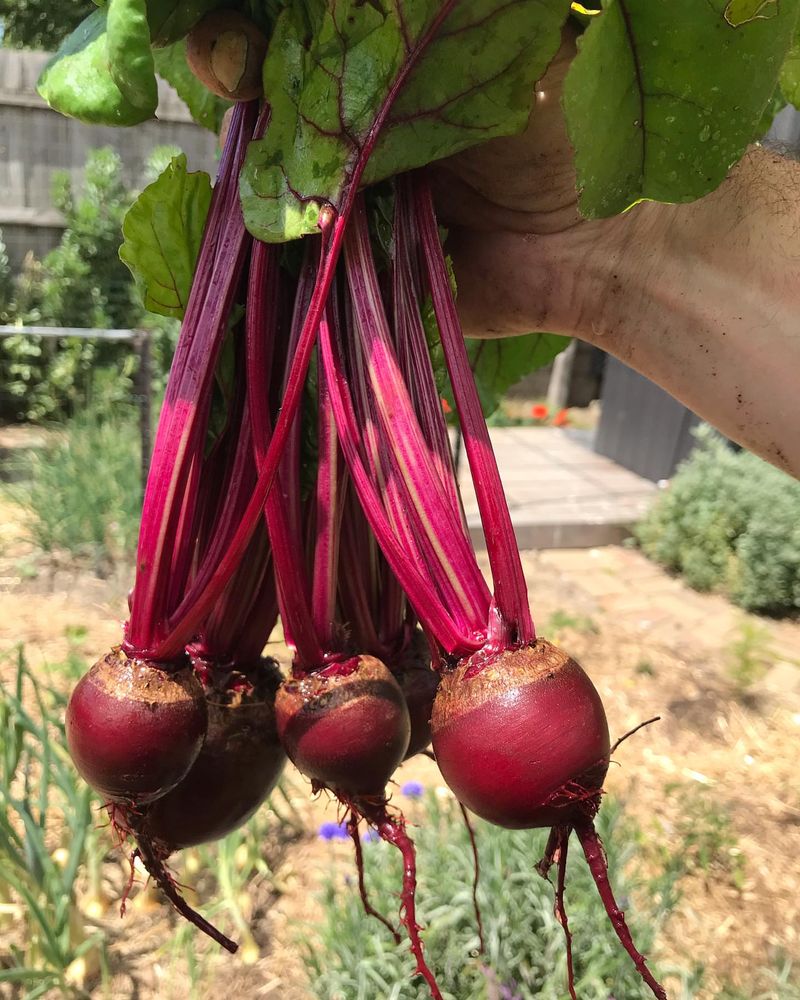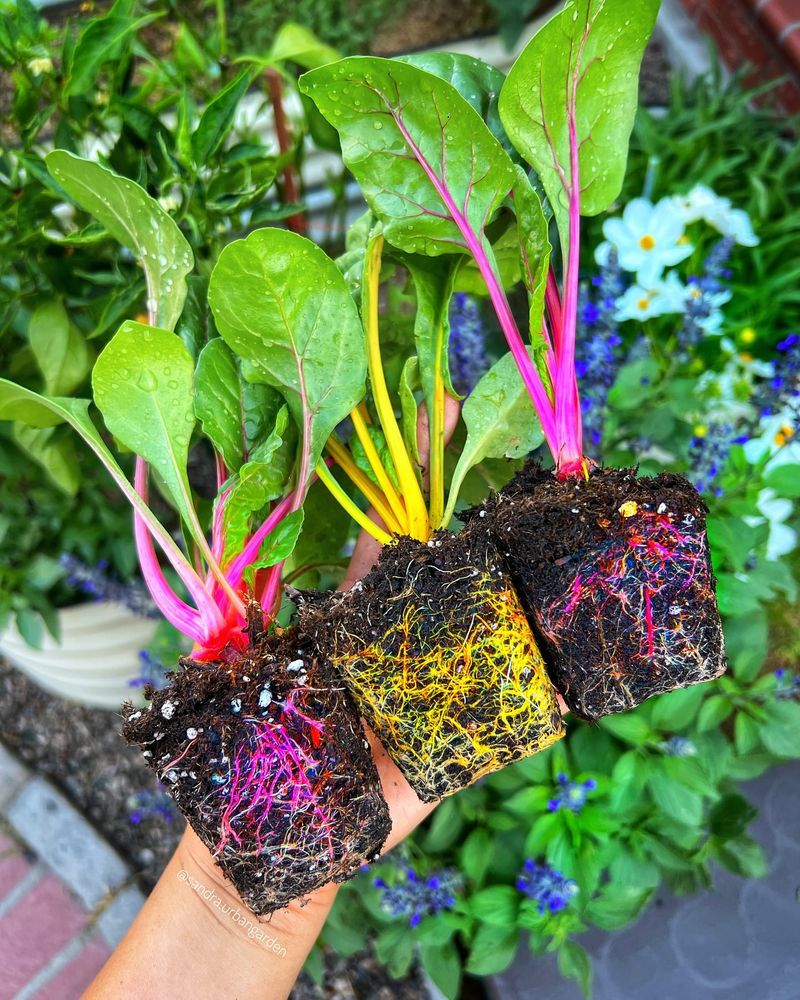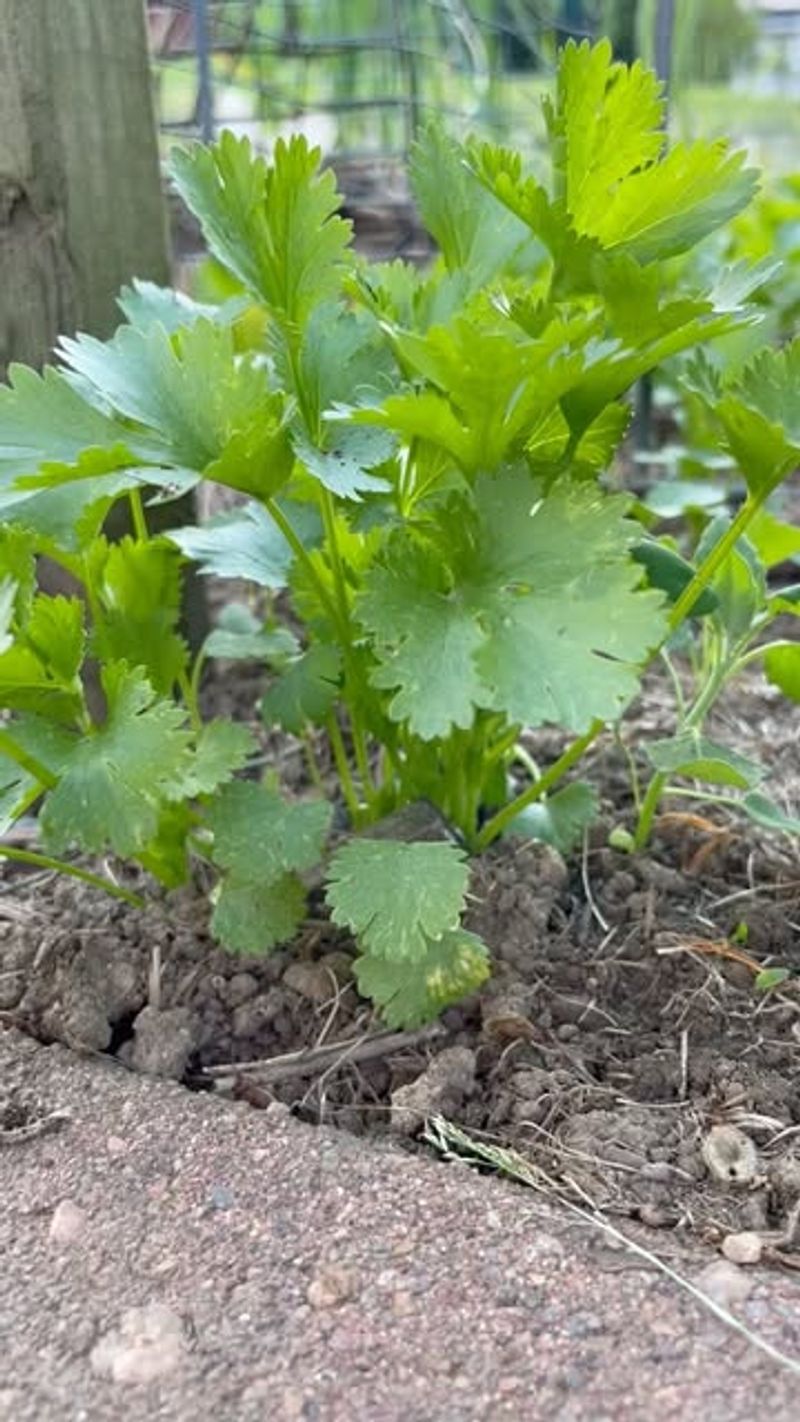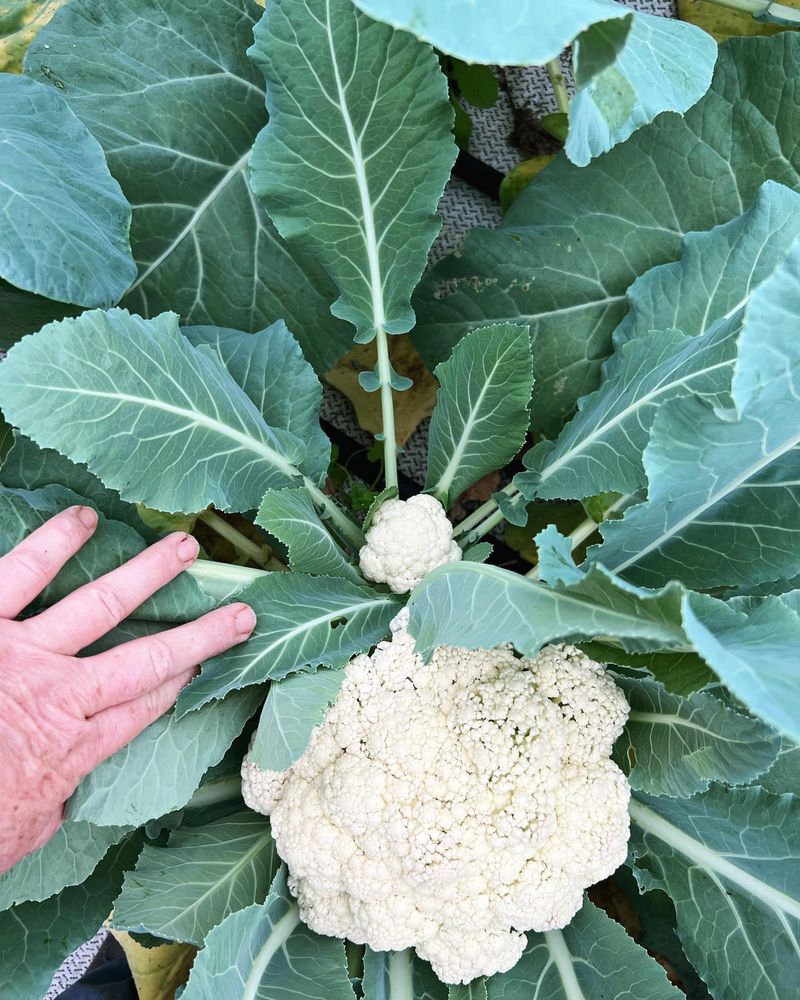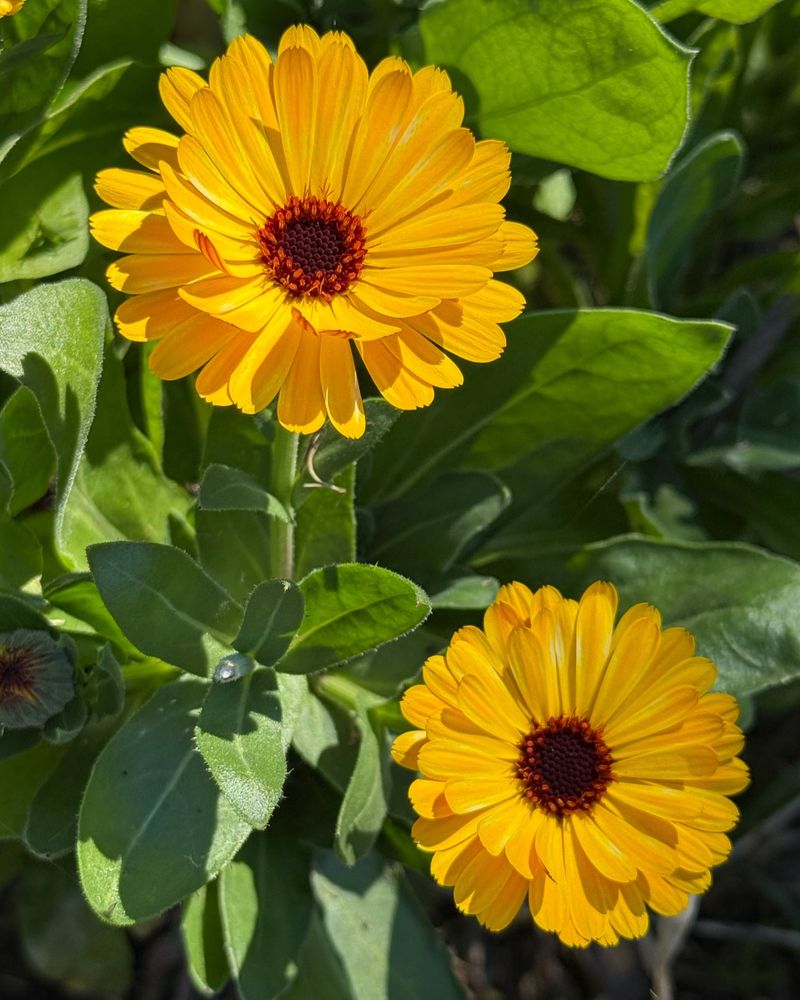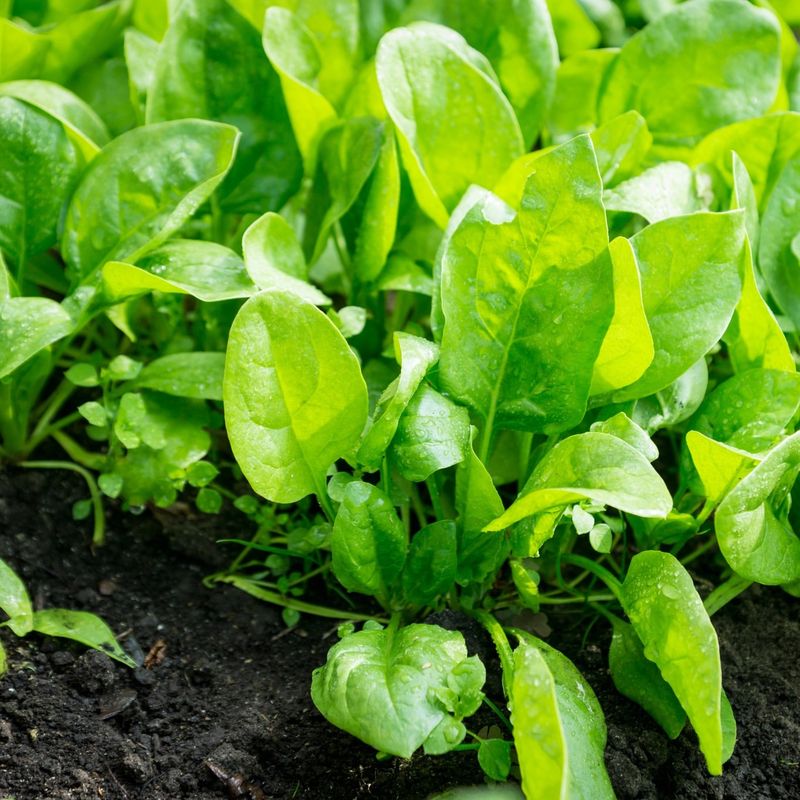July isn’t too late—especially if you’re gardening in Georgia! There’s still so much you can plant now and enjoy a colorful, happy fall garden later.
I’ve done this myself and was honestly surprised at how much beauty popped up just when things usually start slowing down. Georgia’s long growing season is a total gift, so let’s take full advantage.
Grab your gloves, and let’s get a few more things in the ground while the sunshine’s still on our side!
1. Marigolds
Nothing brightens up a fall garden like these golden beauties. They’ll germinate quickly in July’s warmth and be blooming by September, continuing until frost.
Marigolds also naturally repel many garden pests while attracting beneficial pollinators. Plant them near your vegetables for natural protection and a splash of autumn color that perfectly complements Georgia’s fall palette.
2. Zinnias
July is perfect for sowing these colorful showstoppers directly into garden beds. The warm soil helps seeds germinate quickly, giving you gorgeous blooms by September that continue until frost hits.
Available in a rainbow of colors, zinnias attract butterflies and make excellent cut flowers. Their sturdy stems stand up well to Georgia’s occasional fall storms while providing weeks of vibrant color.
3. Bush Beans
Quick-growing and productive, bush beans planted in July will yield a generous harvest before the first frost. Seeds germinate readily in warm soil and produce tender pods in just 50-60 days.
Look for varieties like ‘Blue Lake’ or ‘Provider’ that perform well in Georgia’s climate. Fresh beans taste incomparably better than store-bought and freeze beautifully for winter enjoyment when your garden is dormant.
4. Cucumbers
A second planting of cucumbers in July provides crisp, refreshing harvests when summer plantings have faded. Choose fast-maturing varieties like ‘Straight Eight’ or ‘Marketmore’ for best results in Georgia’s fall season.
Regular harvesting encourages continued production until frost. The cooler temperatures of autumn often result in less bitter fruits and fewer pest problems than summer-grown cucumbers experience.
5. Cosmos
Sow these airy, elegant flowers directly into garden beds in July for spectacular fall color. Their feathery foliage and bright blooms create a whimsical backdrop that catches Georgia’s golden autumn light beautifully.
Cosmos thrive in average soil and actually bloom better without fertilizer. These low-maintenance beauties attract butterflies and beneficial insects while providing abundant cut flowers for indoor arrangements throughout fall.
6. Collard Greens
A southern garden staple, collards planted in July will provide nutritious greens all fall and winter. Unlike spring plantings that often bolt in summer heat, fall collards grow sweeter as temperatures drop.
Harvest the lower leaves as needed while allowing the plant to continue growing. Georgia gardeners know the flavor actually improves after a light frost, making these greens a traditional addition to holiday meals.
7. Radishes
For nearly instant gratification, plant radishes in July for a harvest in just 3-4 weeks. These crisp, peppery vegetables thrive in cooling fall temperatures, developing better flavor than spring-planted ones.
Try succession planting every two weeks for continuous harvests. Varieties like ‘Cherry Belle’ and ‘French Breakfast’ perform exceptionally well in Georgia’s fall conditions and add a pleasant zing to salads and roasted vegetable medleys.
8. Kale
July-planted kale will provide nutritious, tender leaves throughout fall and often survives Georgia’s mild winters. The cooler temperatures of autumn actually improve flavor, reducing bitterness and increasing sweetness.
Choose varieties like ‘Lacinato’ or ‘Red Russian’ for best performance. Harvest outer leaves regularly while the center continues growing, providing months of fresh, vitamin-packed greens for salads, smoothies, and sautés.
9. Carrots
Sowing carrots in July allows them to develop during cooling fall temperatures, resulting in sweeter, more flavorful roots. Georgia’s sandy loam soils are ideal for growing straight, uniform carrots.
Choose shorter varieties like ‘Danvers Half Long’ or ‘Little Finger’ for quicker maturity. Keep soil consistently moist during germination, then mulch to retain moisture and suppress weeds as your carrots develop their characteristic sweet fall flavor.
10. Turnips
Versatile turnips provide both nutritious greens and tasty roots when planted in July. Georgia gardeners appreciate how quickly they mature – just 30 days for greens and 60 days for fully developed roots.
The mild ‘Hakurei’ variety offers sweet, apple-like flavor without bitterness. Turnips thrive in cooling fall temperatures and often sweeten after light frosts, making them a traditional southern favorite for autumn harvest tables.
11. Broccoli
Starting broccoli in July gives plants time to mature before Georgia’s first frost. The cooling temperatures of fall result in sweeter, more compact heads than spring plantings offer.
Choose varieties like ‘Packman’ or ‘Green Magic’ that perform well in the Southeast. After harvesting the main head, plants will continue producing smaller side shoots for weeks, extending your harvest throughout the fall season.
12. Snapdragons
Starting snapdragons in July provides spectacular fall color that often lasts through Georgia’s mild winters. These architectural beauties offer vertical interest and come in a rainbow of colors to complement any garden design.
Look for heat-tolerant varieties like ‘Rocket’ or ‘Liberty’ series. Their dragon-like flowers attract pollinators and make excellent cutting material for fall bouquets, bringing garden joy indoors as temperatures drop.
13. Lettuces
July-planted lettuce will thrive as temperatures cool, providing crisp salad greens throughout fall. Choose heat-tolerant varieties like ‘Black Seeded Simpson’ or ‘Red Sails’ for best results in Georgia’s transition season.
Plant in partial shade to protect from late summer heat. Succession planting every two weeks ensures continuous harvests, and the cooler temperatures of fall mean slower bolting and sweeter flavor than spring-planted lettuces.
14. Pansies
Georgia gardeners know pansies planted in July will establish strong root systems before cooler weather arrives. These cheerful flowers provide months of color through fall, winter, and early spring.
Choose heat-tolerant varieties for summer planting success. Their bright faces in purples, yellows, and whites create instant cheer in containers or borders, often blooming continuously from October through April in Georgia’s mild climate.
15. Beets
July-planted beets develop sweet roots and nutritious greens as temperatures cool in fall. Georgia gardeners appreciate their dual-purpose nature – harvest tender leaves for salads while roots continue developing below.
Varieties like ‘Detroit Dark Red’ and ‘Chioggia’ perform well in southern gardens. The jewel-toned roots roast beautifully, while their earthy sweetness intensifies after light frosts, making them perfect for harvest-season side dishes.
16. Swiss Chard
The vibrant stems of Swiss chard bring ornamental value while providing nutritious greens throughout fall. July plantings establish well and often survive Georgia’s mild winters for extended harvests.
Look for ‘Bright Lights’ or ‘Rainbow’ varieties with their multicolored stems. Harvest outer leaves regularly while the center continues producing, giving months of fresh greens that add color to both your garden and dinner plate.
17. Cilantro
Unlike spring plantings that quickly bolt in heat, July-planted cilantro thrives as temperatures cool. This popular herb grows quickly from seed, providing fresh leaves for authentic Mexican and Asian dishes throughout fall.
Succession plant every few weeks for continuous harvests. Georgia gardeners appreciate how cilantro self-seeds readily, often returning year after year and providing both flavorful leaves and coriander seeds for cooking.
18. Cauliflower
Starting cauliflower in July allows heads to develop during fall’s cooler temperatures, resulting in tight, flavorful curds. This sometimes-challenging vegetable performs much better as a fall crop in Georgia.
Choose heat-tolerant varieties like ‘Snow Crown’ for southern success. Beyond traditional white, try purple or green varieties for visual interest. The sweet, nutty flavor of fall-grown cauliflower surpasses anything found in grocery stores.
19. Calendula
July-planted calendula produces cheerful daisy-like blooms throughout fall and often survives Georgia’s mild winters. These bright orange and yellow flowers have medicinal properties and are traditionally used in healing salves.
Also known as pot marigold, calendula attracts beneficial insects while repelling certain pests. The edible petals add color to salads and can be used to make natural fabric dyes, making this a truly multi-purpose addition to fall gardens.
20. Spinach
July-planted spinach germinates when soil temperatures cool in late summer, providing nutritious leaves throughout fall. Unlike spring plantings that quickly bolt, fall spinach grows sweet and productive for months.
Choose varieties like ‘Bloomsdale’ or ‘Space’ for Georgia gardens. The dark green leaves are packed with nutrients and versatile in the kitchen. Fall-grown spinach often has better flavor and texture than spring crops.

